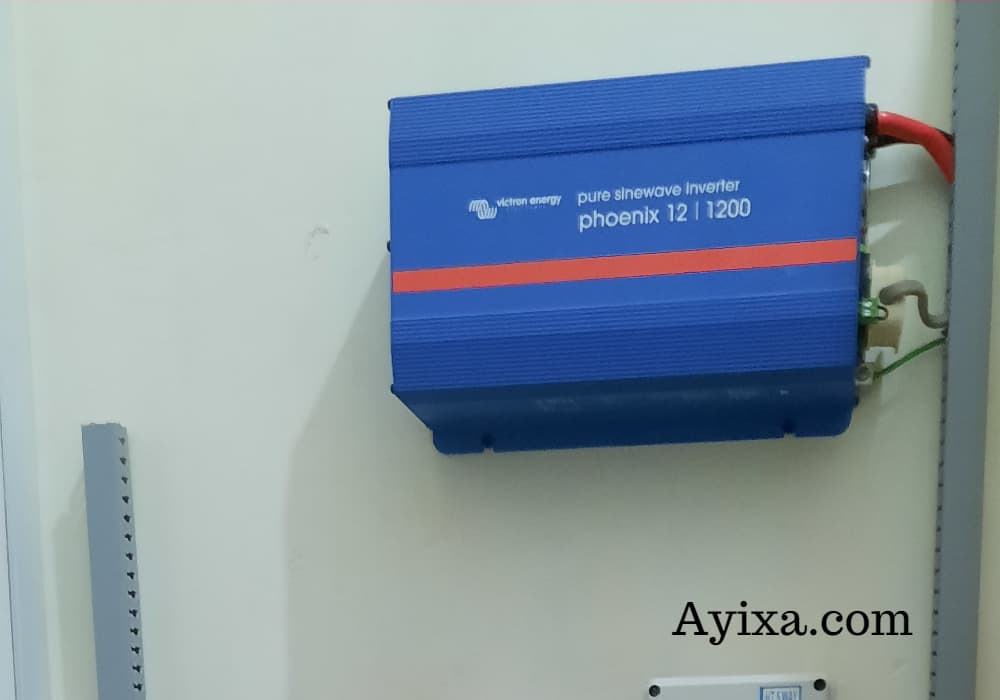If you’ve got an inverter installed in your RV, you may have a beeping sound every so often and may be concerned about whether there is an issue or a fault that requires your immediate attention.
If there’s a manual available, then fine, it can provide the information you need.
Sometimes though, there might be little or no information to go by for you to know what’s going on and if there’s anything you can and should do about the beeping.
If this is you and in need of guidance then read on.
Note: This is a general guide. While the information provided probably applies to many inverters, each model can be different.
Therefore Always Consult the Owner manual for your specific inverter model.
Why your RV Inverter Keeps Beeping
Inverters will beep to alert you of a situation that if not addressed will affect its performance.
For example, in case the ventilation around the inverter is poor which then makes it overheat.
Note: Before I get into the causes, always confirm that the beeping is indeed from the inverter – your could spend several hours looking in the wrong direction when it is a low-battery alarm from a smoke detector or a door alarm on the fridge.
If it is indeed from the inverter then it is possible that the inverter is beeping because:
1. The battery voltage is low. inverters are usually designed to beep when the battery voltage gets dangerously low.
This is so to alert you that the inverter will be shutting down shortly if the voltage drops further.
The low voltage beep on a 12V inverter may be triggered at 11.5V – check the owner manual for your inverter model.
In addition to the beep, there’ll usually be a low-voltage LED indicator flashing or lighting.
What to do:
Check the battery bank voltage is indeed low. Does the inverter have a display indicator?
Check the inverter display or charge controller for the battery bank voltage(if available) for the battery voltage.
You can also measure the voltage of the battery bank using a digital multimeter set to read DC.
If the battery voltage is low, depending on the setup in your RV, you may be able to charge using the RV’s converter (when connected to shore power or generator) or solar panels.
You may also be interested in this post: Does an inverter drain a battery? What to do.
2. The inverter to the battery cables are not firm or do not make clean contact with the inverter or battery terminals.
End result is a voltage drop across the loose connection! This then triggers a low battery voltage beep from the inverter.
What to Do
Inspect the battery cables and confirm that they’re indeed clean (no corrosion) and are firmly connected to the battery and inverter terminals.
3. The inverter to battery cables are not appropriately sized for their length resulting in a significant voltage drop especially when the inverter is running at its maximum capacity.
This then triggers the beeping from the inverter.
What to Do
Are you using the manufacturer-recommended cable sizes?
If not or not sure, check the inverter owner’s manual for the recommended cable length and sizes to prevent voltage drop.
4. The Inverter may be faulty. An inverter with an internal faulty such as a short may beep too.
If this is the case, the inverter will usually display an overload alarm even when no appliance is connected to it.
The inverter will also not be able to power any appliances.
Does the inverter supply power to the connected appliances? Does it show an overload alarm? If the answer to both these questions is yes then you might have a faulty inverter.
What to Do
Confirm that the battery bank is sufficiently charged and that the cable connections from the bank to the inverter are clean and firmly connected.
If the inverter still beeps and shows the overload alarm (even with no appliance connected) then there’s probably an issue with the inverter.
Contact the inverter manufacturer or a qualified inverter technician for support.
Closing Thoughts
If your inverter keeps beeping the solution can be easier than you think.
Confirm that the battery bank is sufficiently charged, and the cable connections from the battery bank to the inverter are clean and firmly connected.
Do not rule out the inverter being faulty too! Do not hesitate to contact the inverter manufacturer or a qualified inverter technician for support.
Recommended Posts

